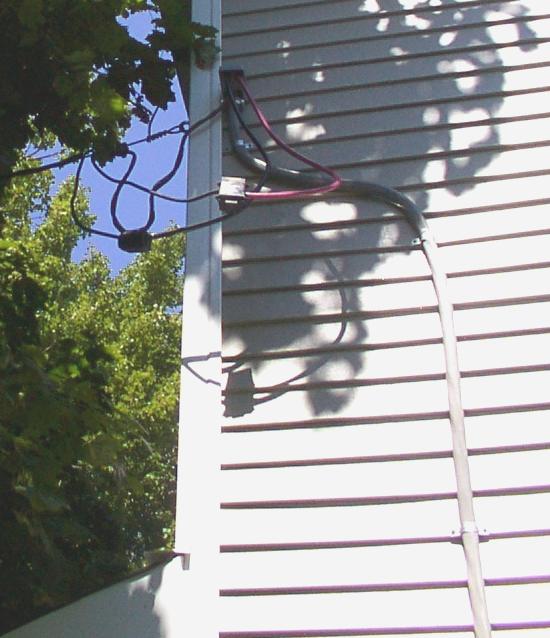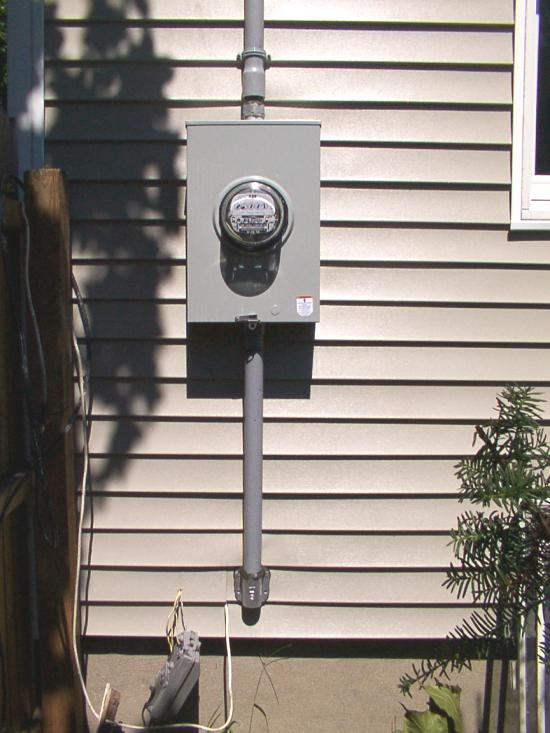gregoryfast
Member
- Location
- Alaska
My POCO is thinking about changing our requirement for 2" galvanized rigid conduit for all services to allow 2" PVC schedule 80. The main reason is to save the homeowner some money in material and labor. We would still require 2" galvanized rigid conduit for all periscope services, but allow PVC for gable end masts where there is a large eyebolt as the utility point of connection.
I know that NEC would permit this. However, I feel that there are good reasons to keep it all 2" galvanized rigid conduit.
My reasons are:
1. There is a large amount of potential fault current in the SEC that would be better contained in rigid.
2. In the event of damage to the triplex such as a tree falling on it or a truck catching it, the SEC would be better protected in a 2" galvanized rigid conduit. The PVC would just break.
3. In the event of a house fire, the PVC would burn allowing the SEC to arc together and contribute to a larger house fire.
Would do you think?
Am I off base to insist that we not allow this?
What is the practice in your area?
Any and all responses greatly appreciated.
Thank you,
Gregory
I know that NEC would permit this. However, I feel that there are good reasons to keep it all 2" galvanized rigid conduit.
My reasons are:
1. There is a large amount of potential fault current in the SEC that would be better contained in rigid.
2. In the event of damage to the triplex such as a tree falling on it or a truck catching it, the SEC would be better protected in a 2" galvanized rigid conduit. The PVC would just break.
3. In the event of a house fire, the PVC would burn allowing the SEC to arc together and contribute to a larger house fire.
Would do you think?
Am I off base to insist that we not allow this?
What is the practice in your area?
Any and all responses greatly appreciated.
Thank you,
Gregory


